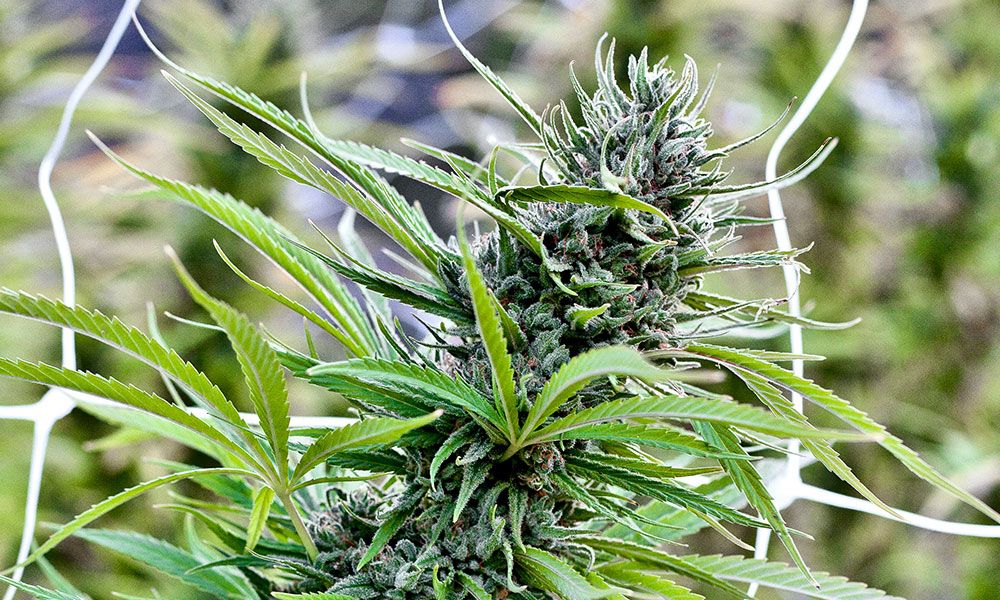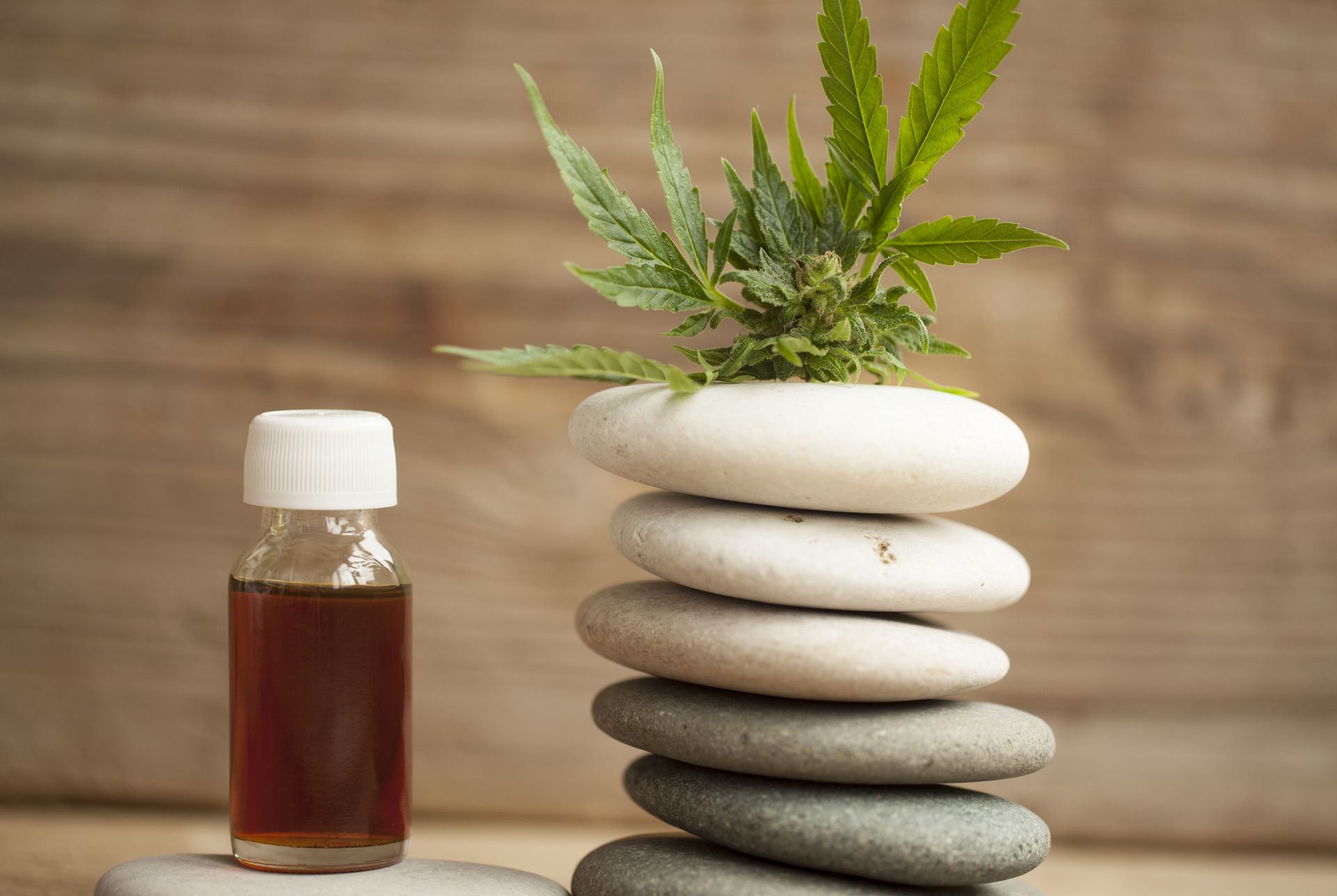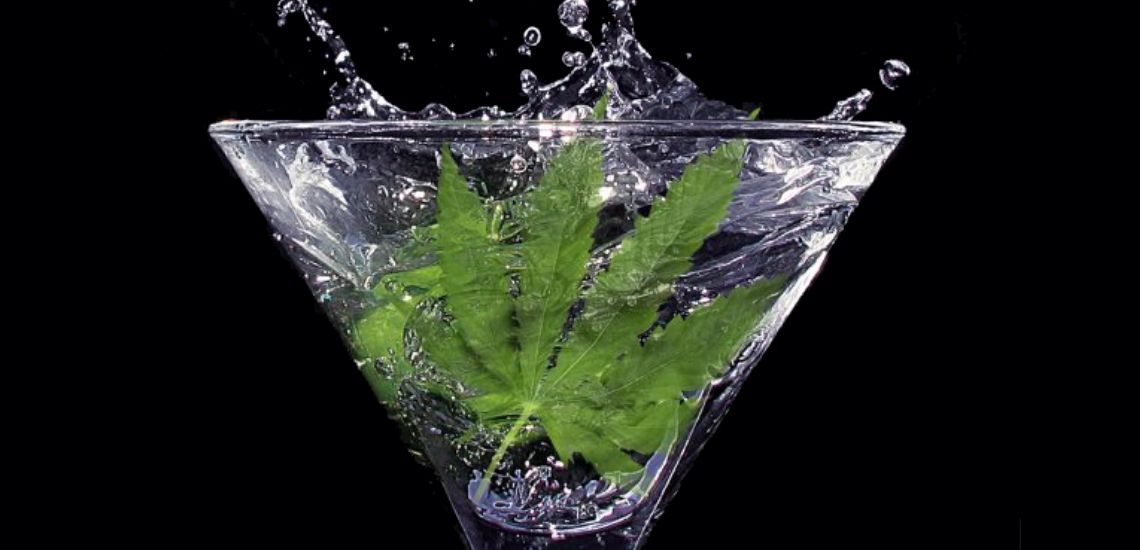4 Major Cannabis Lab Tests You Need To Know
The Government is taking steps to legalize Marijuana. In United States, the law for cannabis has been marked illegal under federal law for any sort of purpose as mentioned in the Controlled Substances Act of 1970 also known as CSA. The CSA has classified cannabis as Schedule I substance and determined it contains a high potential for abuse. Due to such reasons it cannot be marked or used for medical purposes. In the state level, however, the policies around the medical and recreational use of cannabis differ greatly. It is still a matter of debate with many states and the federal law.
Image Credit: Geniescientific
Cannabis has shown some rapid growth in its demand and supply. Medicinal cannabis, however, is sent under lab testing, which requires qualified professions who understand the lab setups and the tests to results. Let us read about the common type of Cannabis tests.
Common Types of Cannabis Testing
The common lab tests involved in the testing cannabis are:
- Microbial Contamination: Microbial testing is required or the cannabis may pose safety hazards. The tests include statistical sampling, relevant microorganism testing, and sound assay design and validation. The water activity level in any cannabis sample has shown instrumental to its content of microbial thus the curing process must be both sufficient and through.
- Potency: The test of potency is required to find out the percentage of cannabinoids present in the sample being tested. It depends on the state in which the tests are being conducted, a sample CBD and THC levels, along with its cannabidiol and tetrahydrocannabinol acids may be required. Some of the lab tests for their CBG and CBC levels are also conducted and from the ranges of gas or liquid chromatography are also tested.
- Terpenes: When you need to measure the fragrance and flavor of the compound require terpene analysis. To determine terpene content, gas and liquid chromatography is used. This results in the sample’s flavor profile.
- Residual Solvents: The analysis involves the extraction of active ingredients from cannabis with the use of ethanol, carbon dioxide, butane and water like solvents. It is important to keep the solvents that are too in large volumes to achieve the higher purity level.
Further tests are conducted to ensure the removal of the highest percentage of solvents. The amount of residual solvent left in processing cannabis are expressed in parts per million (ppm) also can be determined.



Subscribe For
Deals
Contact Us
We will get back to you as soon as possible.
Please try again later.
KEEP OUT OF THE REACH OF CHILDREN
All Rights Reserved | C10-0000207-LIC


